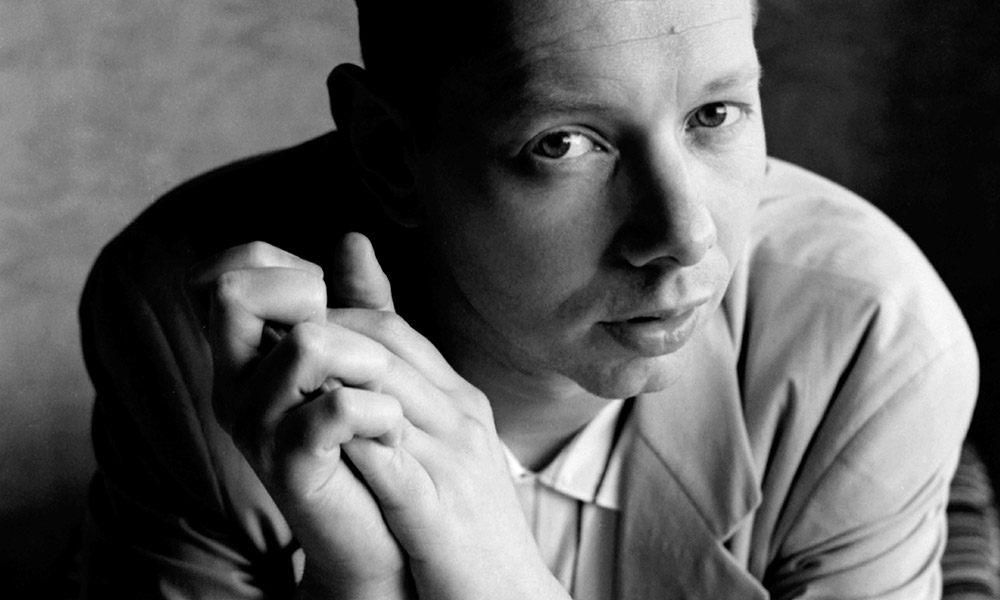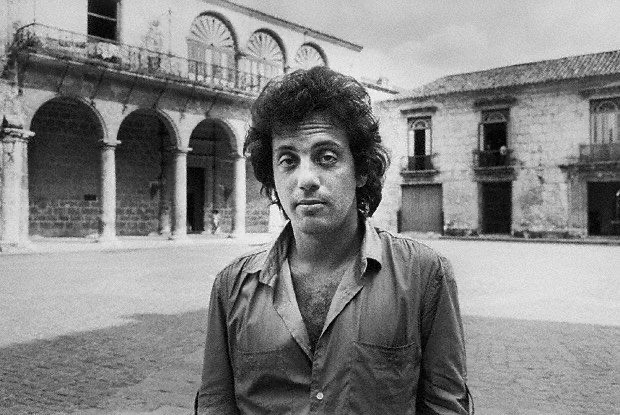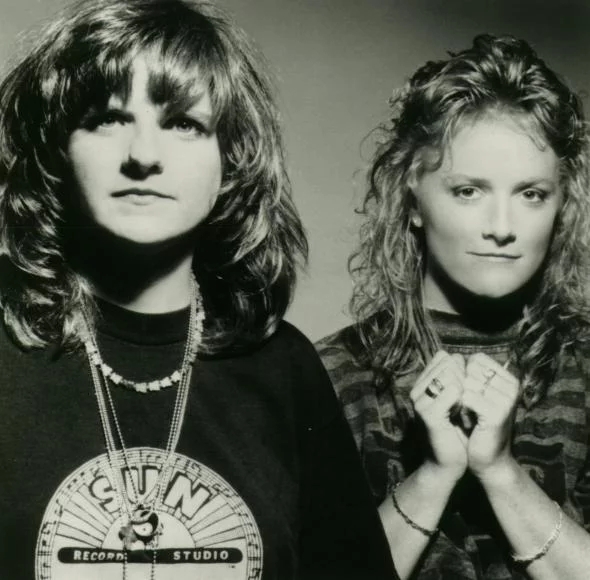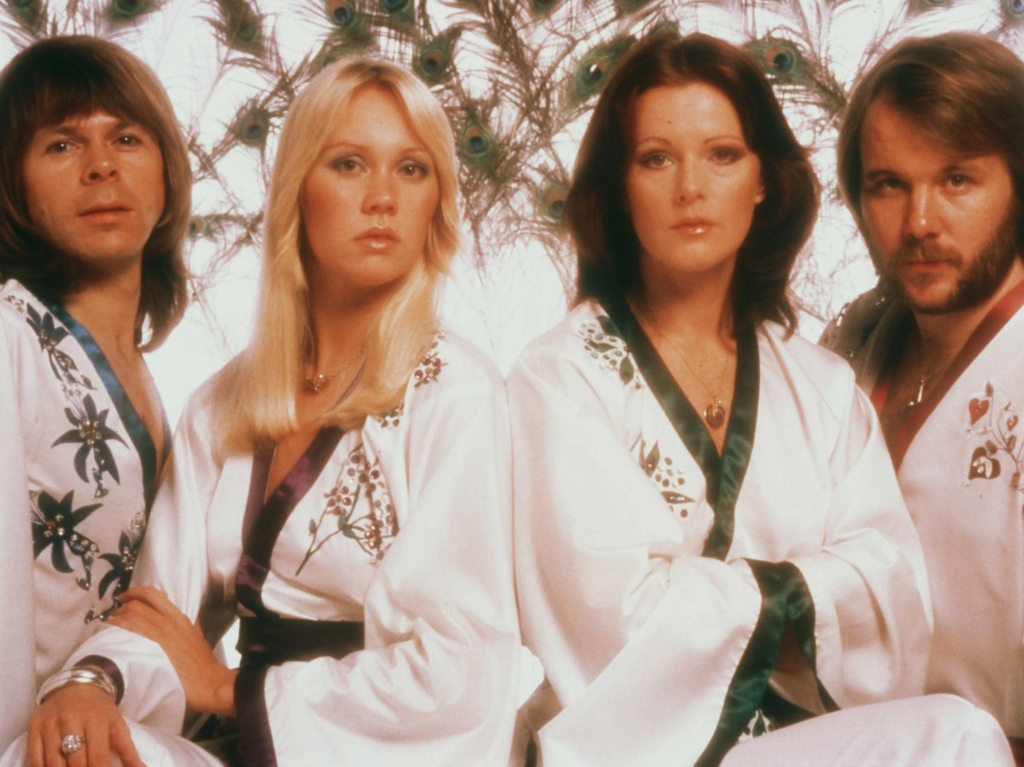
For all the due Van Morrison gets as a rock and roll troubadour legend, he gets nowhere near the due he deserves.
Throughout his over 50 year (50 YEAR!!!!) career, Morrison has recorded everything from rock to jazz to soul ballads and beyond. Since 1967, he has released an unbelievable 38 solo albums, including four albums since 2015. Not only is he incredibly prolific, but his albums are good. Very good. Moondance, Tupelo Honey and Astral Weeks are all familiar classics, but also excellent are albums like Poetic Champions Compose, Beautiful Vision, Enlightenment and No Guru, No Method, No Teacher. In 2017 alone, Van Morrison released Roll with The Punches AND Versatile, both excellent albums. Both deserving of praise and accolades. Both worthy of your time and attention.
For many people, the Van Morrison story begins with Moondance, his third album released in 1970. Moondance was how I first discovered Van Morrison, and though I knew the title track very well due to its repetitive play on Top 40 radio, I was delighted to discover an album full of atmosphere, story and experience. Moondance finds its perfection at its center, the last song on side A, the 5th of its 10 tracks, “Into the Mystic.”
The song begins with a lone acoustic guitar, strumming an easy rhythm, then finding a beat as the bass and a lovely Hammond B3 organ come in.
“We were born before the wind
Also younger than the sun
Ere the bonnie boat was won
As we sailed into the mystic
Hark, now hear the sailors cry
Smell the sea and feel the sky
Let your soul and spirit fly
Into the mystic”
Into the Mystic surrounds us in atmosphere. We can feel the mist on our tongue. We can feel the wind on our face. We are looking out on the ocean. A beautiful scene is being set. They get on a boat. They hear the sailors. They see the ocean. They are sailing to seek and explore. They are sailing into the mystic.
Allmusic.com says that “Into the Mystic” is a song of such elemental beauty and grace as to stand as arguably the quintessential Morrison moment.” Throughout his career, the best of Morrison’s music achieves a tone and mood that, to quote my daughter Sophie, sounds like caramel. Soft, easy, chewy, delicious. Maybe this is his first caramel song.
Now, the lyrics and music come together in a magical symbiosis. As the boat sales out into the water, Morrison sings “And when that fog horn blows” and we hear a cello playing a low vibrato note, sounding just like what a fog horn must sound like an a cloudy, misty morning from hundreds of yards away. It is an almost breathtaking moment.
“Into the Mystic” is a song of exploration, and a song of love. The fog horn signals departures, and arrivals. Hearing the foghorn symbolizes setting off to find amazing things, and coming home to comfort and warmth.
“When that fog horn blows
You know I will be coming home
And when that fog horn whistle blows
I gotta hear it
I don’t have to fear it.”
The song has gone from a quiet study to a plaintive plea. The exploration will mean bring no reward, the adventure will bring no satisfaction, without her by his side. The song ends with Morrison singing “It’s too late to stop now,” a phrase that would become a recurring message throughout his career. As if to say, we are on our way, the shore is disappearing behind us. We can’t stop now. Listen to the foghorn.
“Into the Mystic”
Written by Van Morrison
Released February 1970




Leave a comment